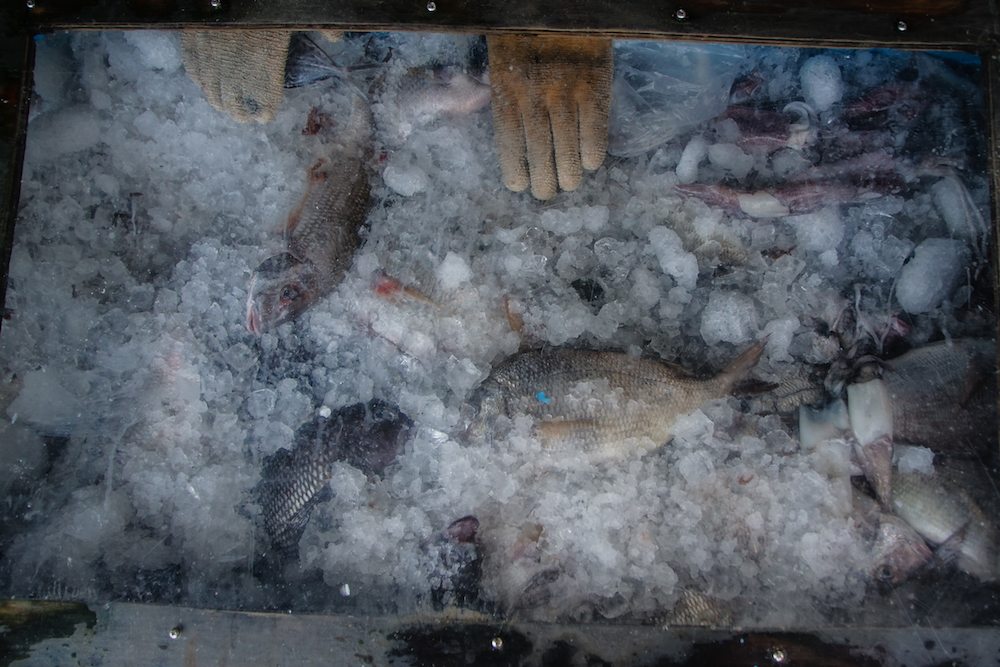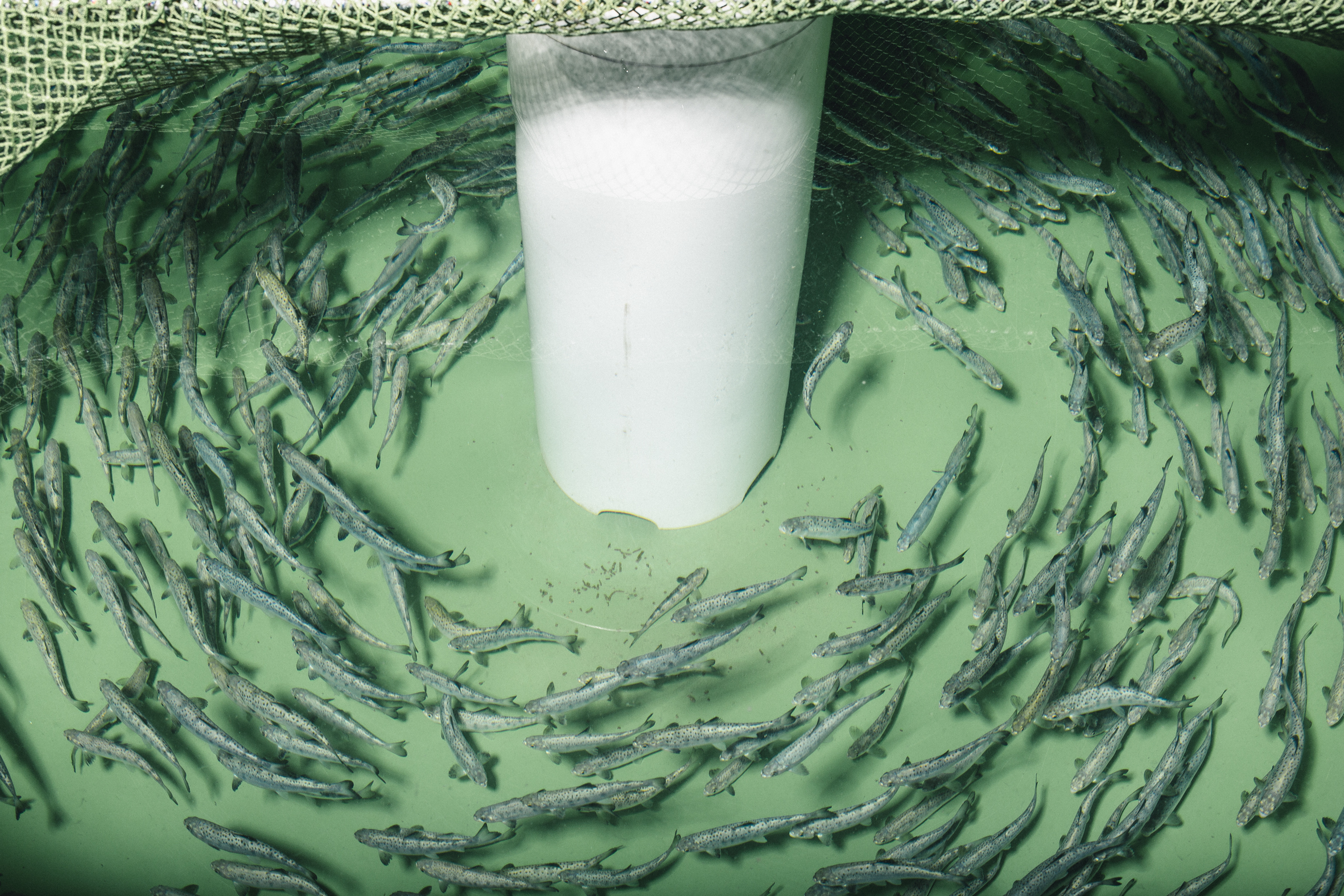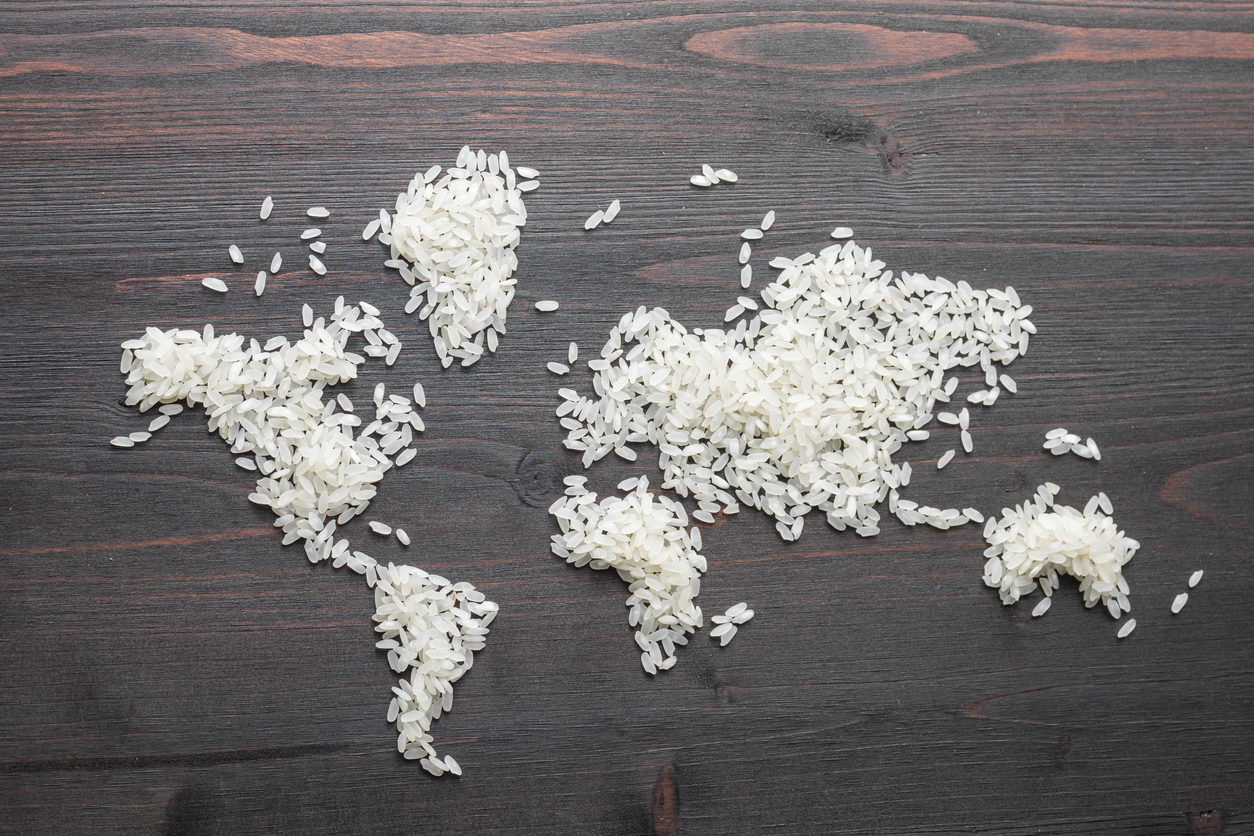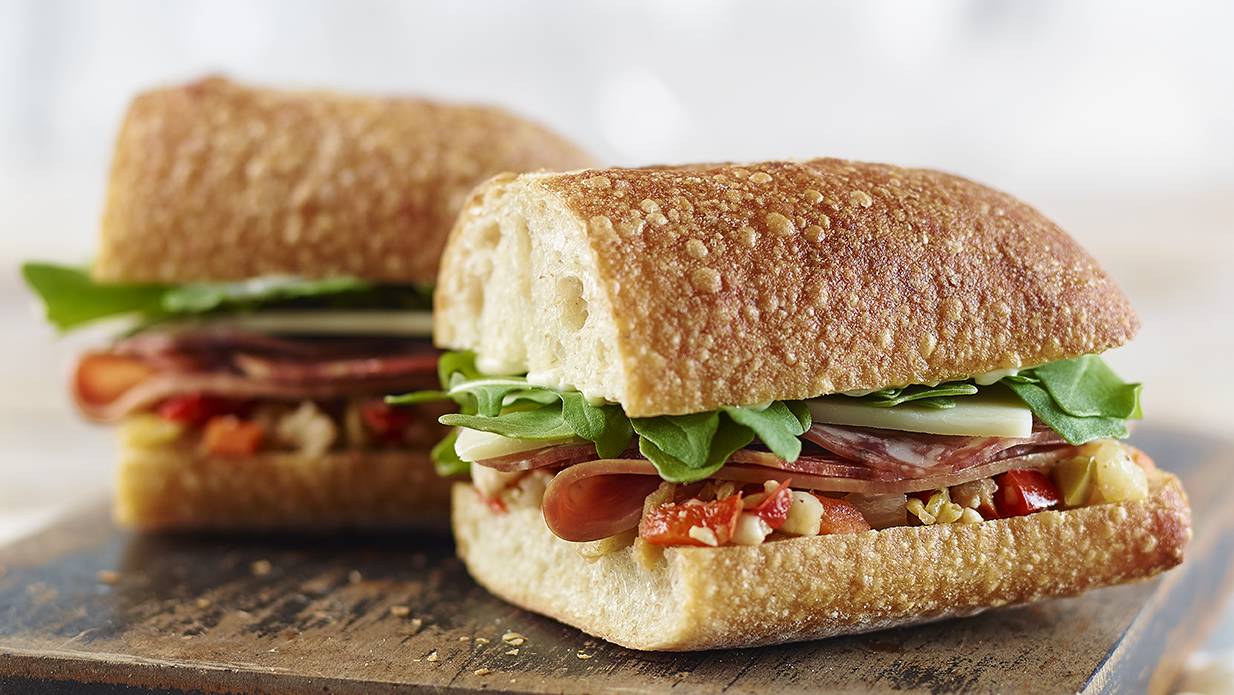
Prashanth Kamalakanthan
Richard Burgess, a groundfisherman in Gloucester, Massachusetts has an odd problem. Ordinarily, he’d be out on his boat with trawl and gill nets, catching pollock and hake–fish that are currently in abundant supply in the region, and which fetch high prices. But he isn’t out with trawl and gill nets. That’s because along with the glut of pollock they bring in, Burgess has to worry about catching too many cod.
Such an abundance of cod should be a boon. Burgess has relied on the fish to sustain his business for 25 years. But the waters in the Gulf of Maine (GOM) and around Cape Cod are warming rapidly–by some indications, faster than almost anywhere else in the world–and species that fisherman have historically relied on like cod, shrimp and tuna are disappearing or heading for colder waters further north.

Neither trawl nets (left) nor gillnets (right) give fishermen much control over the species they catch
So over the last few years, strict quotas on recreational and commercial fishing of finfish, shellfish, seaworms, lobsters, and crabs have been put in place by various states from Massachusetts to Maine, in an effort to curb rapidly declining Atlantic fish stocks. Commercial cod fishermen have been especially hard hit and it’s put intense pressure on the industry. The annual cod harvesting quota in the Gulf of Maine went from 4569 metric tons in 2010 to 280 metric tons in 2016 (a 93 percent drop).
But fishermen including Burgess are reporting something strange that’s contributing to this commercial fishing conundrum: There’s more cod in the ocean than the National Oceanic and Atmospheric Administration (NOAA) measurements and quotas suggest. It’s a discrepancy he and others attribute to delayed survey-based assessments from NOAA, the data from which are directly tied to catch limits.
Burgess says if he uses his gill and trawl nets, he could hit the cod quota in as little as an hour. But if that happens and he’s left without remaining cod quota on a permit, he’ll be restricted from groundfishing entirely–even for abundant species like pollock. That’s because regulators know ground fishermen are likely to catch a certain amount of cod whether they mean to or not. And since fish often die when they are thrown back into the ocean (especially those caught in a trawl or gill net),regulations require that a fishermen land all of the legal-sized fish he catches. Moreover, throwing back injured fish creates huge disparities in the fish stock data.
Burgess is currently among a small group of fishermen who are experimenting with electronic jigging–a new technology he hopes can help him target and catch specific, abundant species like pollock (though he is currently using it to target mackerel) and avoid catching protected species like cod.
 Ryan Murphy
Ryan Murphy A jigging reel pulls in mackerel using a rod by DNG, an equipment manufacturer. Photos courtesy of the company
An electronic jigging machine functions like an intelligent, highly-automated fishing rod, but with anywhere between 10 and 70 hooks on a line. A computer-controlled motor on the side of a boat drops a weighted line into the water, automatically finds the bottom, and then moves the line up and down to attract fish. When pressure sensors detect enough fish on the hooks, the motor reels the line in, the fish are removed, and the line descends again. The computer also notes the depth at which the catch was made, so the line descends directly back to that point.
Electronic jigging isn’t an entirely new technology. It’s been widely used in Northern Europe for more than 30 years. But it’s been slow to move to the United States. That’s in part because U.S. fishermen have typically been able to run more profitable businesses trawling for groundfish, harvesting lobster, or fishing for shrimp. But with the increasing volatility in fish stocks, northeast fishermen are looking for new ways to cope with fishing limits that could extend well into 2019.
What’s so special about jigging machines is that they can target specific species with remarkable accuracy. They do this by mimicking the movements of prey: manipulating depth, lure, and jig pattern (the computer controlled movement of the line). Both cod and pollock swim near the bottom of the ocean, but pollock will follow a lure toward the surface while cod will not. By using the machine to lower a lure to the bottom and then “jigging” it up, a fisherman can catch mostly pollock and almost no cod. The technique isn’t the same for every species (it varies depending on prey), but the concept is similar for haddock, mackerel, redfish, squid, whiting and hake–all species that are currently abundant in the GOM.
 Ryan Murphy
Ryan Murphy Jigging machines can target specific species with remarkable accuracy. One boat can support several reels
Ben Martens, executive director of the Maine Coast Fishermen’s Association (MCFA), an organization in Brunswick, Maine that manages a nine-boat jigging machine pilot program in conjunction with the Nature Conservancy, says they’re working remarkably well. On a recent trip, one fisherman reportedly caught 2000 pounds of pollock and only 45 pounds of cod, a far more selective ratio than a trawl net could catch.
The pilot program has distributed machines to nine boats free of charge. If, after one year of use, fishermen decide they like the machines, they’ll be able to purchase them from the Nature Conservancy at a discounted rate. (At around $5000, a jigging machine can be a significant investment.) The program is also incentivizing “adoption” by offering fishermen much sought-after cod quota at no or low cost from the common quota pool that Nature Conservancy and MCFA manage together.
“By giving these fishermen some cod quota, it then frees them up to go target pollock, which we have substantial quota for,” says William Brune, fisheries and land program manager for the Maine chapter of The Nature Conservancy.
 Ryan Murphy
Ryan Murphy A boat outfitted with several jigging reels
A commercial boat outfitted with multiple jigging machines can transform it into a robotic fish harvester. It only takes one person to control eight machines from a computer screen inside the boat’s wheelhouse; Burgess usually has three in use when he goes out trawl netting. When the lines come up, fish can be stripped from the hooks automatically. Multiple machines can also work in tandem–when one line comes up, the others continue jigging below to keep the fish interested in the lures.
At this point, there don’t appear to be any New England fisherman running businesses that use only jigging machines. But some fishermen turn to them them as a way of diversifying their income streams. Burgess, who has been a groundfisherman for 20 years, invested in seven jigging machines in the fall of 2015. He rigged up one of his boats with three of them and had a successful season fishing mackerel, a relatively unpopular fish in the Northeast. He was hoping to fish mackerel again this summer, but says predator bluefish and warm water have made the mackerel population near Gloucester too small to fully switch over. Instead of installing the machines on his second boat, he’s using it to pull lobster traps. And he supplements his income by fishing monkfish every Friday.
 Ryan Murphy
Ryan Murphy The reels are controlled electronically from the boat using handheld computers. One person can operate eight reels
Commercial fishermen face a volume problem, according to Adam Baukus, a research associate at the Gulf of Maine Research Institute, who conducted a 2011 study on the viability of jigging machines in reviving a redfish fishery in downeast Maine. He says the machines are mostly used as supplements to other fishing methods. One reason they haven’t exactly taken the U.S. commercial fishing industry by storm: they simply can’t catch enough fish to sustain a business.
Maybe that’s not a bad thing. The seafood business is fickle by nature. Warming waters, abbreviated seasons, volatile markets: the conditions regularly demand alternatives. Take lobstermen, for instance. This year required that many of them seek supplemental income streams. A bait shortage combined with an early boom in lobster catches, sent many struggling fishermen into the lobster business. Meanwhile, the same warm waters that sent lobsters north and sparked a boom, is causing a portion of the species to experience shell disease, which may send the creatures packing.
The jigging machines work well as supplements for lobster operations. They don’t require any additional equipment and they’re incredibly easy to install on the side rail of a small boat.
“It’s pretty doable to start off at a smaller volume that sort of adds some value to my trip, makes some money for me over the course of the year,” says Baukus. “And then… maybe I can build that part of my portfolio up a little bit so if things were to change, I could start focusing more on it.”
Jigging machines have two other advantages that may give fishermen an economic edge. First, they bring in a much higher quality fish. Traditional trawl and gill net-caught fish are subject to bruising and stress when they’re stuck, even dragged, in a net for an extended period of time. Line-caught fish come to the surface in pristine condition. If they’re handled properly on the boat, they can potentially fetch a higher price. Second, they’re not so hard on the sea. Jig lines don’t muck up the ocean floor the same way trawl nets do, and because they create little drag on the boats, fishermen can use less fuel.
It may be some time before we know what kind of an impact jigging machines will have on the commercial fishing industry. There are still plenty of practical kinks to resolve. Baukus’ 2011 study pointed out, for instance, the machines don’t necessarily work for all species, and the skills fishermen typically use to solve gear problems aren’t the same ones they’d need to solve technical issues. But if we must accept the fickle nature of our resources, we must also accept the need to change how we fish them.










